The September vegetable garden; what to do and when to do it. For instance, cry in the potato patch. Handy tips like that for your end of summer garden. Also methods for storing most of your vegetables over the winter.
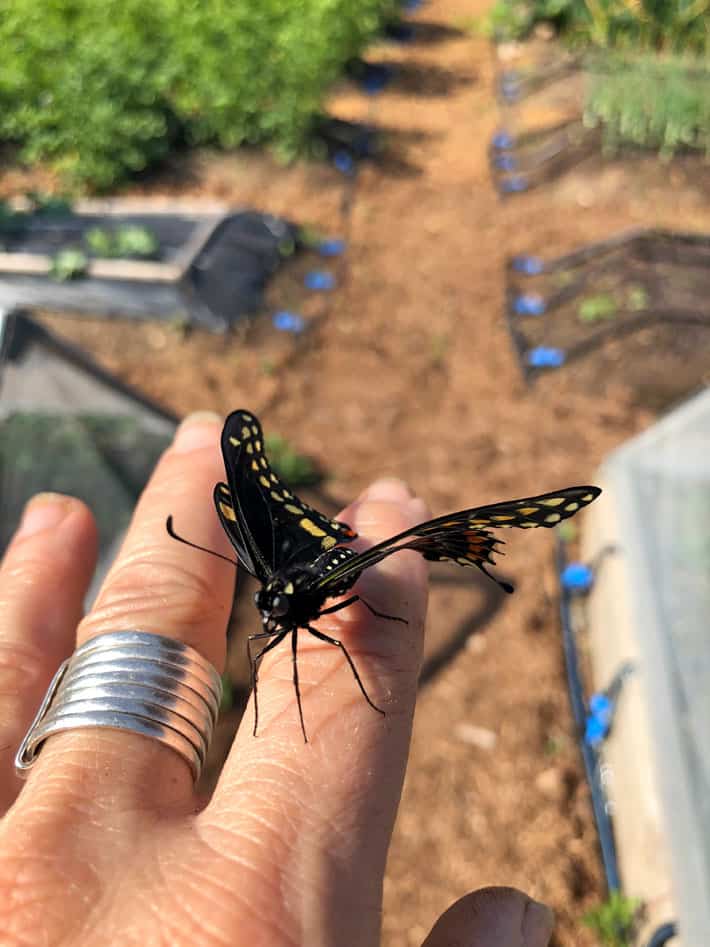
Whenever someone says “Oh, it’s September, I guess you’ll have more time on your hands now that gardening season is over.” my initial thought is to push them in a puddle.
Not a terribly deep one, but a puddle nonetheless. Maybe one with a worm floating in it. I never act on this thought but I do think about it. I shouldn’t become enraged the way I do, because this person obviously isn’t a vegetable gardener or they would KNOW that September? Yeah, that’s the busiest vegetable gardening season of all.
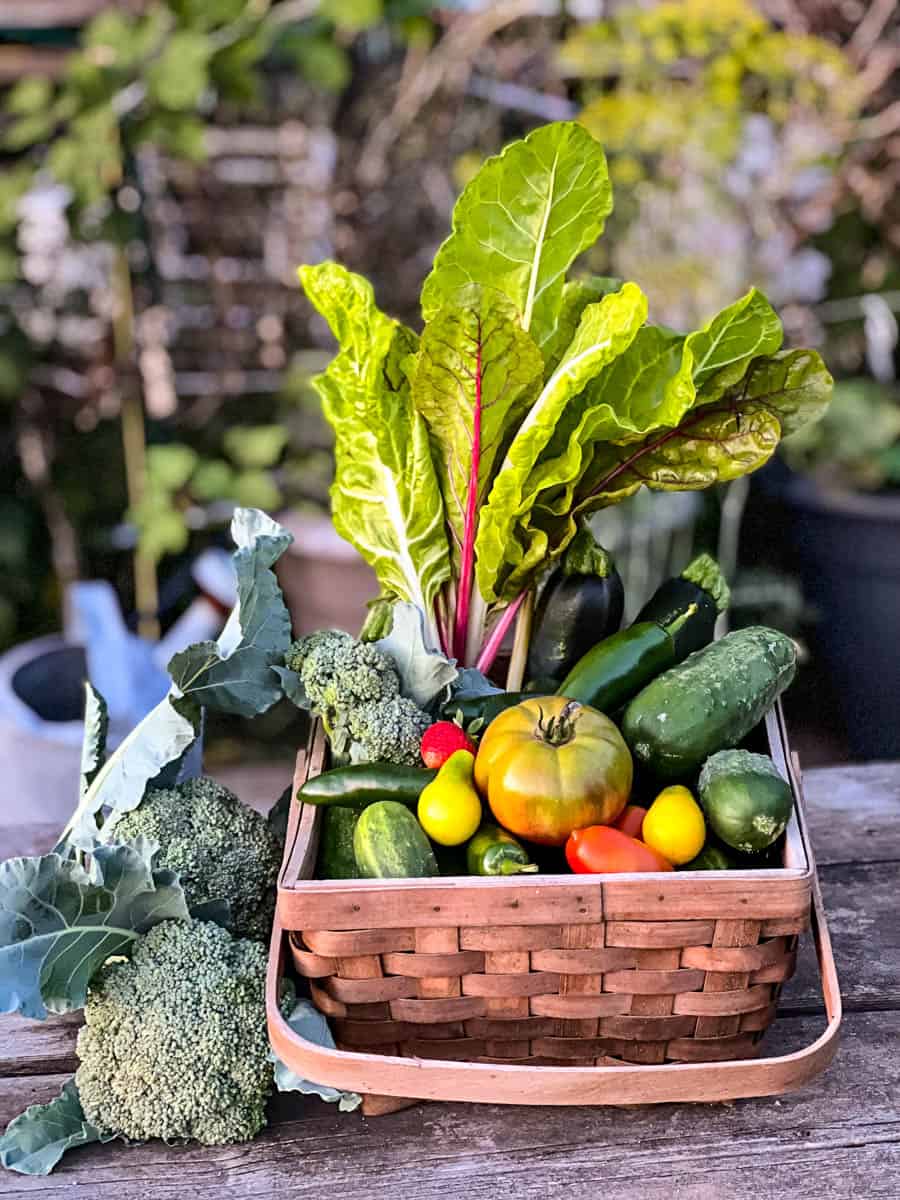
Table of Contents
WHAT TO EXPECT FROM SEPTEMBER
I expect at this point whether you’re a new or a seasoned gardener you’ve stood in the middle of your garden and cried at least once this year.
It could have been bacterial wilt or cucumber beetles or raccoons that led you to blubber right there in the middle of your blight riddled tomato plants. But whatever it was, you need to put those tissues away and get a hold of yourself.
It’s harvest time.
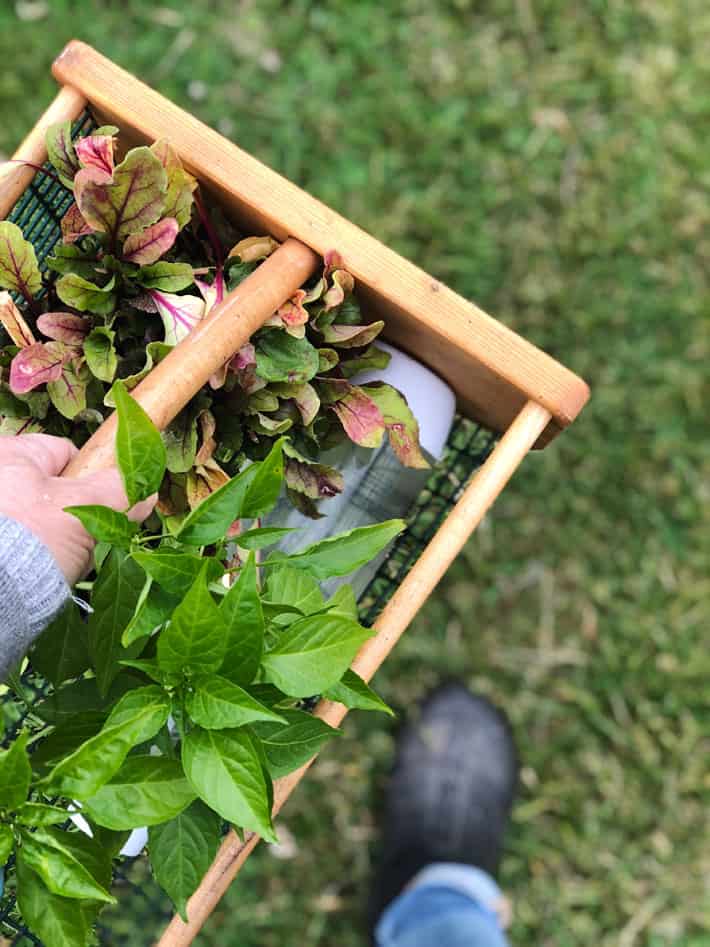
TASKS
Maintenance
- Obviously your plants might still be alive so continue to try to keep them that way for as long as possible. If a frost is coming that’ll damage your tomato plants COVER them up if you want more tomatoes! Just drape a sheet to keep the frost off. Why? Because in zones 5 or 6 there’s sometimes a single frost in September, but not another one until October! October could in fact have a heat wave! That’s an entire month you could have had your tomatoes (or other tender vegetables) longer. So if you love it, cover it.
- Make sure you clean up any beds that are already done for the season. Rake them out so they’re smooth, remove all debris in case it harbours disease and put a nice inch or two of compost on top of the bed so it’s ready to go next spring.
- Harvest, preserve, harvest, preserve.
THIS IN DEPTH POST SHOWS YOU HOW TO STORE VEGETABLES LONG TERM
(over the winter)
But here’s a rundown of how to harvest and preserve some of the more popular garden vegetables:
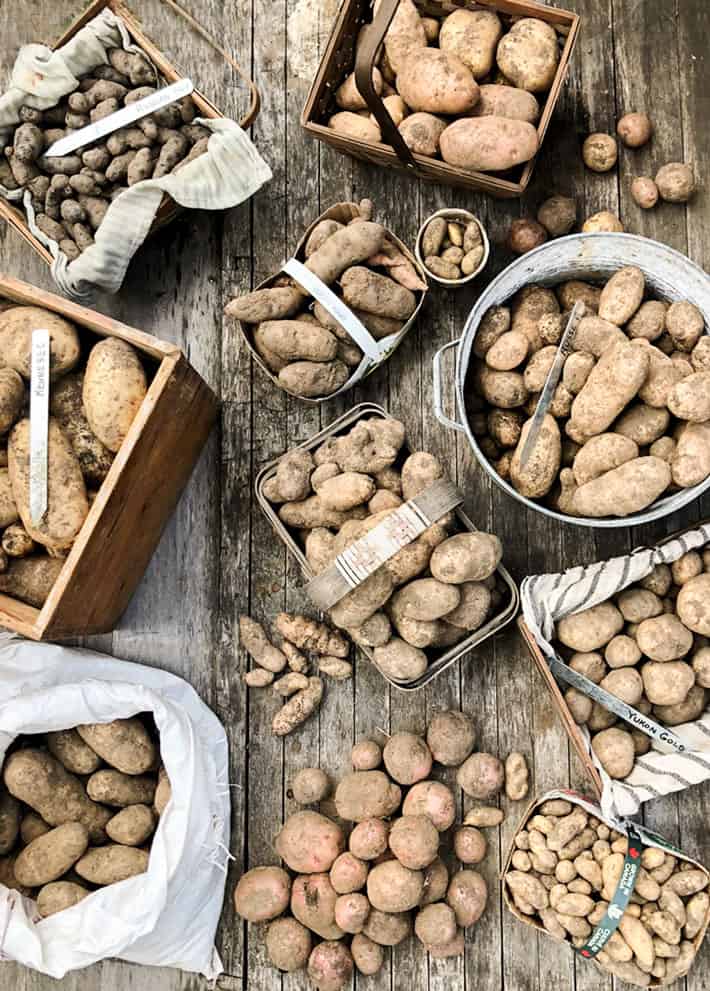
POTATOES – Dig your potatoes up by loosening the soil with a garden fork around the potato plant. Pull straight up on the plant while also using your garden fork in the soil to push the plant upwards. Pull potatoes off of the runners and then dig around with your hands looking for more in the soil. They hide. They hide well.
Before storing potatoes, cure them. Just set them in a humid area that’s around 60 degrees. A basement is often the best place.
STORE POTATOES in a cool dark room. The ideal temperature for storing potatoes is between 35 and 40 degrees F . These are optimal conditions. Storing them at a higher temperature just means they won’t store as long. Storing them at a cooler temperature will convert their starches to sugars and change their flavor and texture in a bad way.
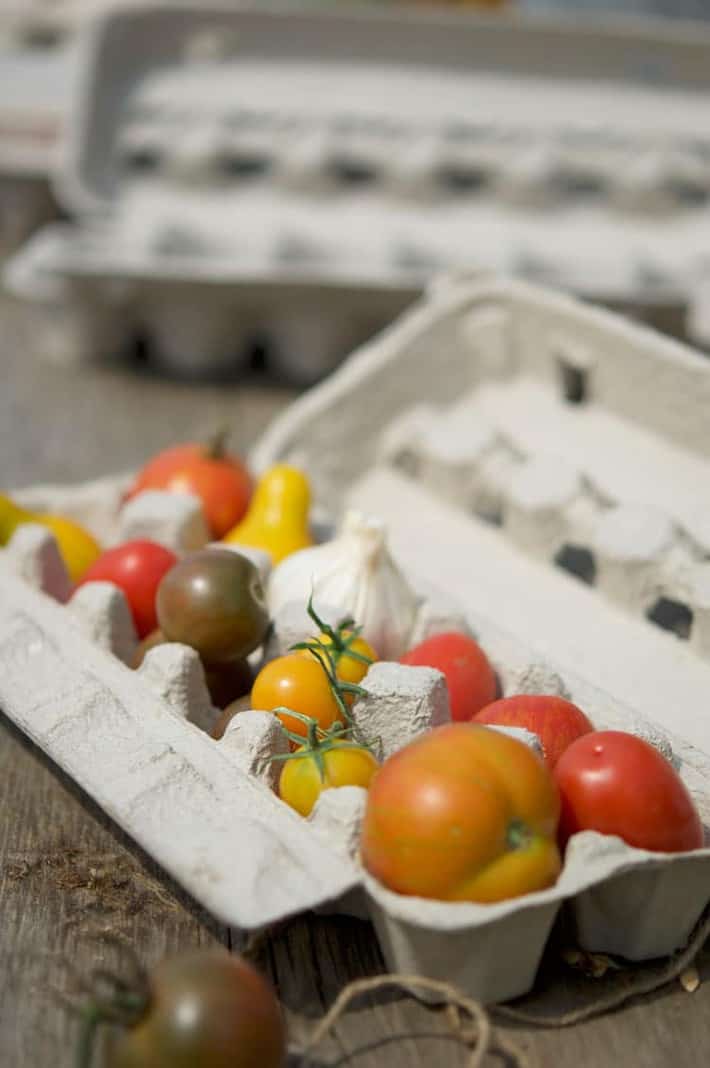
During, and at the end of the season I sometimes give away egg cartons filled with food.
TOMATOES – If you aren’t into covering your tomato plants with a sheet, then make sure you harvest ALL of the tomatoes on your vines the day before a frost is predicted. Unripe green tomatoes will ripen on the counter with surprisingly good results and quality. The one exception to this is if the green tomato is shiny. If the tomato is so young its skin is still shiny, it will not ripen.
PRESERVE TOMATOES by freezing them whole, pressing and canning them, or roasting them and freezing them. You can read about how to press and can tomatoes here, and how to make a quick and easy roasted tomato sauce for freezing here.
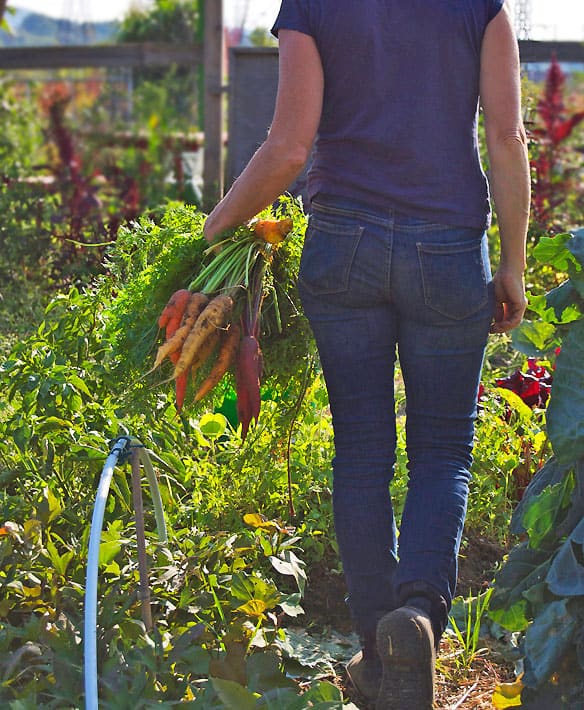
CARROTS/BEETS – Both carrots and beets can be left in the ground and harvested straight from the garden until December or until the ground is so solid you can’t pull them up anymore. Carrots touched by frost sweeten (the same way potatoes sweeten when they’re kept too cold). But with carrots this is a good thing.
STORE CARROTS in either sand or (very slightly damp) peat moss in a breathable container like a cardboard box with holes in the sides or a wood crate. Line the container with plastic that has holes for ventilation punched into it. The plastic helps retain moisture and keeps the sand or peat moss from spilling out of the cardboard or wood box.
Store them like this with something covering the top of the box lightly. The ideal temperature for storing carrots is 38 F. Storing carrots this way I was able to keep my carrot harvest viable for almost a full year. In June I was eating carrots that I had harvested in September of the year before. I opt for peat moss instead of sand because it’s lighter to lug around. Coco Coir is also a viable option.
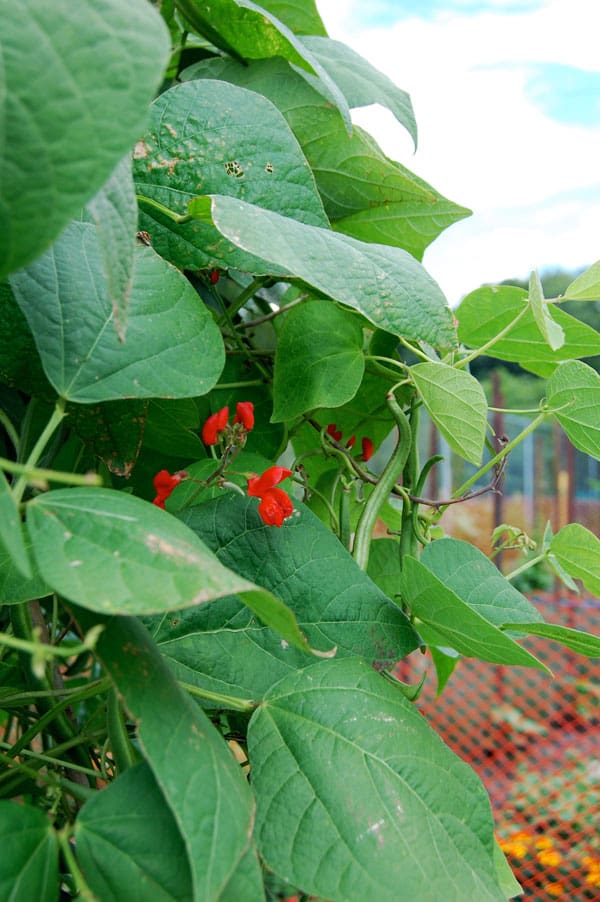
GREEN BEANS – Green beans are the sneakiest of all the vegetables. They aren’t a vegetable you want to challenge to a game of hide and go seek because the bean will win every time. If you still have fresh green beans left on the vine pick them! If you have beans that are starting to dry on the vine leave them. They can become next year’s seed source once they’re dried (as long as they aren’t a hybrid bean).
You can also check to see if you can use that particular bean as a dried bean. Most beans can be dried in the pod and then used as a dry bean.
PRESERVE BEANS by blanching them for 3 minutes and then freezing them. Green beans are also probably the easiest vegetable to can. You just stuff them in a jar, add boiling water and salt and process them. The full instructions are here. Finally you can make dilly beans! Or any kind of pickled bean as a matter of fact. This year I added them to the brine of my fermented dill pickles. They turned out way crispier than the cucumbers and were a lot faster to make too.
PESTS AND SOLUTIONS
Don’t worry about it. Seriously. At this point just keep harvesting and preserving and if frost is a concern in your area make sure you have some row cover to protect plants from a surprise frost.
TOOLS
- Baskets and bins for carrying your harvest home.
- Garden fork, and shovel for digging up anything you planted that grows underground like potatoes.
- Work gloves.
- A good hand scrubber.
WHAT CAN BE PLANTED THIS MONTH
Wheat. That’s right. If you want to grow wheat but didn’t get it planted in the spring, you can do a fall planting (it needs to grow 6-8 weeks before a hard frost and consistently cold temperatures). Your wheat will be ready for harvest early next summer.
I even have some beets starting on my kitchen windowsill that I'm going to try to plant and harvest by using a variety of greenhouse techniques. I'll let you know how that goes.
You can also throw some radishes in and hope for the best.
Next time, in the final installment of this series, I’ll show you inventive ways you can plan on using your classic fall produce like squash, carrots and beets for your Thanksgiving feasts.
Until that time I promise not to push anyone in a puddle.
"vegetable" - Google News
September 19, 2022 at 11:11AM
https://ift.tt/GxaZM1r
How to Start a Vegetable Garden - September - The Art of Doing Stuff
"vegetable" - Google News
https://ift.tt/H6EALOI
https://ift.tt/6Oxlrek
Bagikan Berita Ini














0 Response to "How to Start a Vegetable Garden - September - The Art of Doing Stuff"
Post a Comment